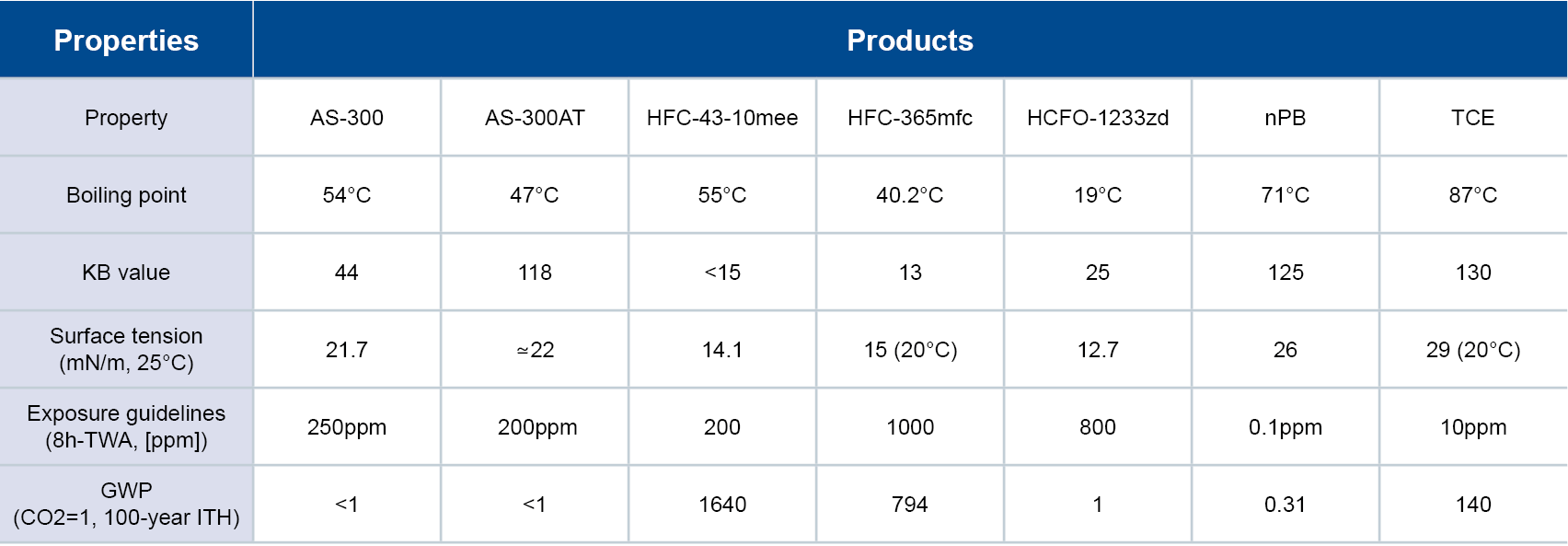Reading Time: 2 minutes
The new 5G cellular network is expected to become widely used by 2020. With already over 200 operators in more than 80 countries, 5G isn’t just on its way; it’s here. As a result, developers across the globe are working diligently to create the technology needed to support the ultra-fast network.
Features like faster download speeds and lower latency call for near-real-time system responsiveness. Such high demands require technology components to be up to the task. Every printed circuit board is subject to higher performance and quality standards to ensure the speed and communication continuity expected of a 5G connected device. AGC Chemicals Americas has developed Fluon+ EA-2000 resin to aid the development of 5G-capable, high-frequency printed circuit boards.
Benefits of Fluon+ EA-2000
Fluon+ EA-2000 is a perfluoro resin that has been functionalized to include an adhesive group within the polymer backbone. The perfluoropolymer gives the material excellent electrical characteristics, heat and chemical resistance, plus superior adhesion to other materials. EA-2000 can be applied in a one-step process without the need for surface treatment or a separate adhesive layer. Other features include excellent non-stick properties, low frictional properties, water and oil repellency, low dielectric constant (2.1) and low dissipation factor (0.001).
Low Transmission Losses
Fluon+ EA-2000 is ideal for coating and protecting printed circuit boards because it provides enhanced electrical characteristics. Copper-clad laminate (CCL) is a material used in printed circuit boards for 5G applications with high-frequency bands. Both the use and production of CCL requires materials with low transmission losses. Using EA-2000 in printed circuit boards can reduce transmission losses by over 30% compared to existing materials (comparison at 28 GHz band). Its exceptional adhesive properties and dispersibility also make it possible to utilize the low transmission loss characteristics of this fluorinated resin regardless of customer processing formats.
EA-2000 can be applied in both flexible and rigid CCL, so it can be used in printed circuit boards in a wide variety of technology including:
- Smartphones and other mobile devices
- Base stations
- Servers
- Automotive equipment
High Heat Resistance
Due to high power consumption and heat generated from antennas, heat management is a critical factor to consider when selecting materials for printed circuit boards. EA-2000 is heat resistant up to 260°C, so it can perform under the harshest conditions of a 5G-capable device. Its high thermal conductivity enables the efficient flow of heat away from heat-generating active devices mounted on a printed circuit board. This leads to more reliable performance, even during temperature fluctuations.
High Demand for 5G-Capable Tech
Demand for 5G-capable devices will inevitably increase as the 5G network becomes more widely available in the coming year. Because of this, AGC is significantly expanding its production capacity of Fluon+ EA-2000 by establishing a new facility at its plant in Japan.
AGC is committed to contributing to the growth of next-generation, high-speed communication technology. We continue to develop the technology required to be an innovator in the glass, electronics, chemicals and ceramic industries. To learn more about the advances of Fluon+ EA-2000 and how you can incorporate it into your application, contact an AGC product expert.
 English
English 
